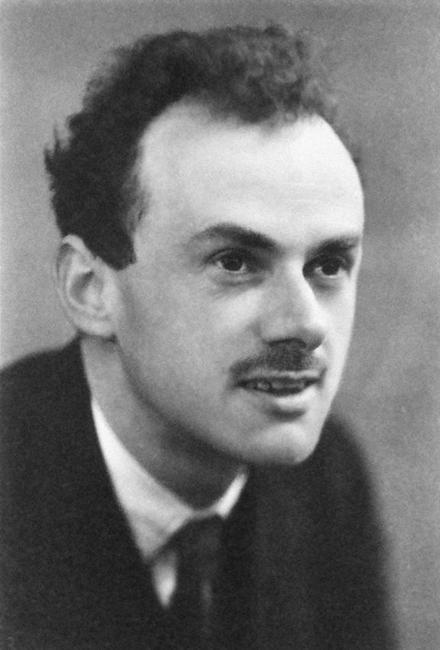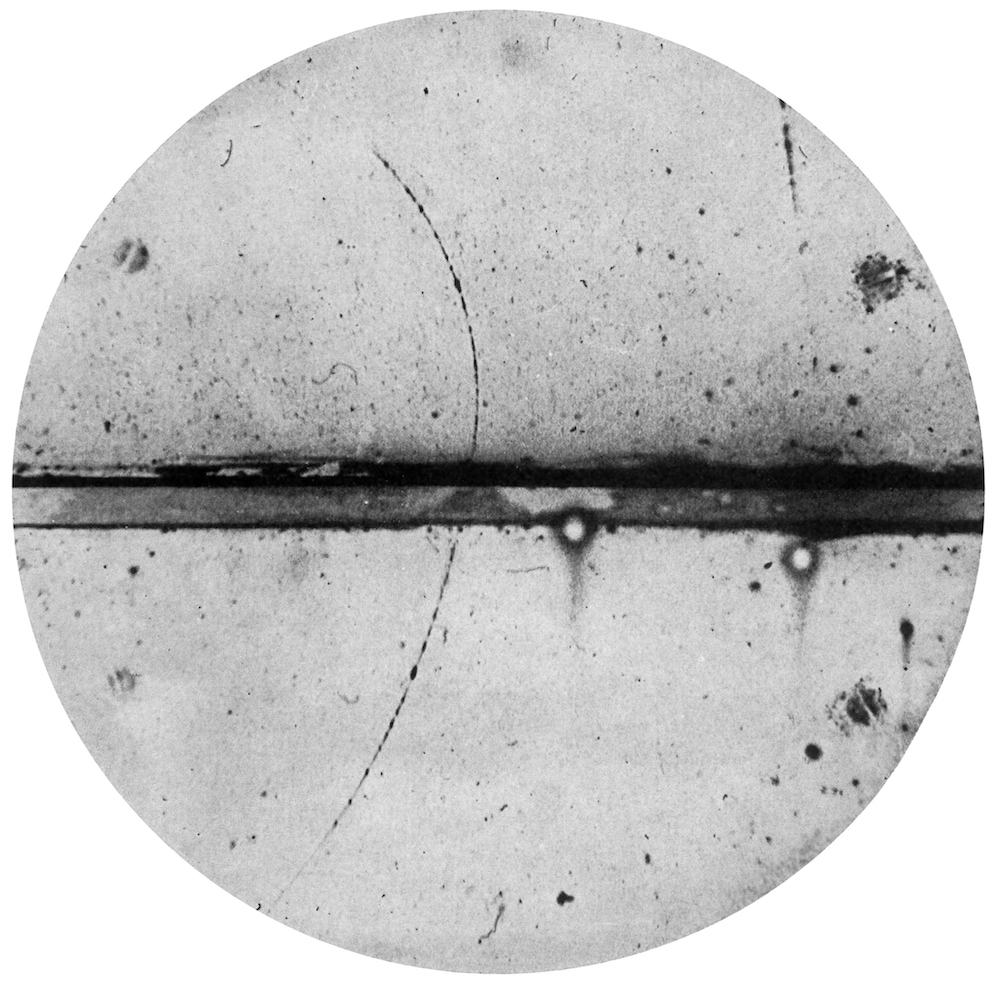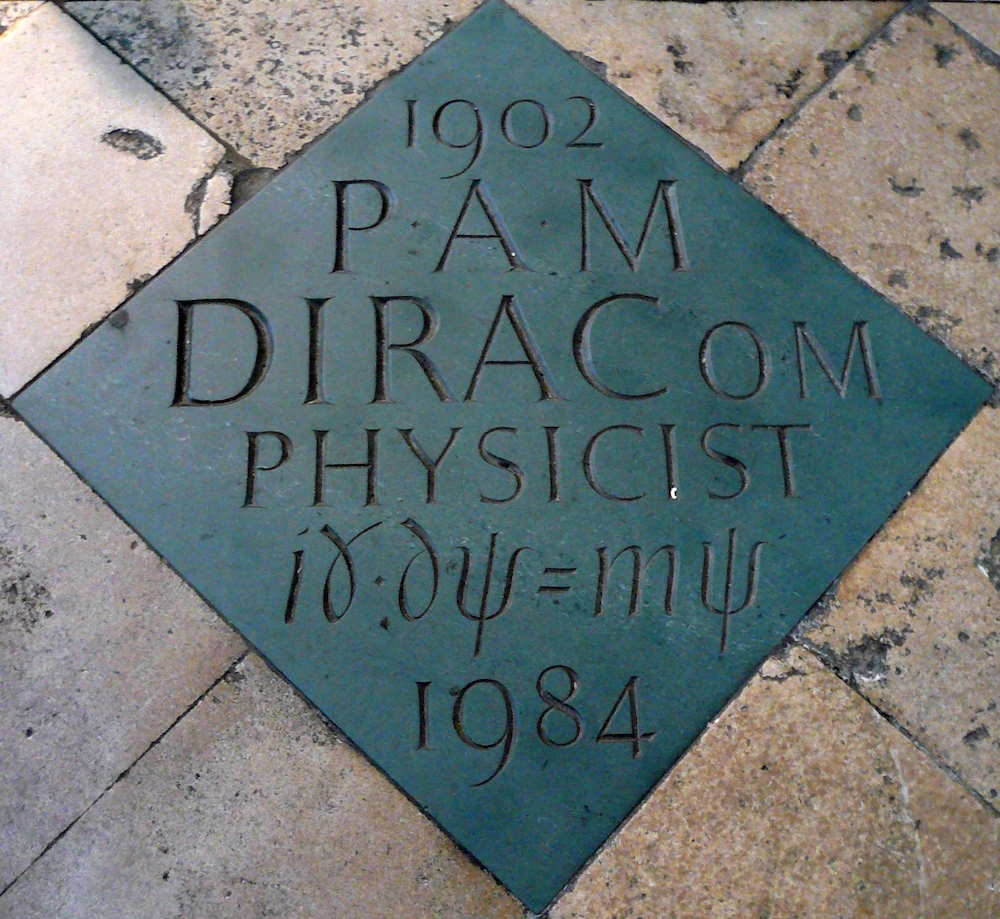
Paul Dirac was a theoretical physicist who laid the foundations for quantum theory as we now know it. He was highly motivated by the pursuit of mathematical beauty, and his calculations led him to predict the existence of antimatter and reconcile special relativity with quantum mechanics. Regarded as the founder of quantum electrodynamics, Dirac played an important role in the development of atomic theory for the 20th century and beyond.
Fluent in the Language of Mathematics
Paul Dirac was born on August 8, 1902, in Bristol, England. He was one of three children, and his father, who was a French teacher, encouraged them to practice speaking French. Dirac, though, preferred a language that was neither his native English nor French: the language of mathematics.
From a young age, Dirac was known for his long silences, choosing to express himself primarily through numbers. This gave him the ability to communicate thoughts that demonstrate the workings of the universe. In fact, Dirac was quoted that his quantum theories are formed “from physical concepts which cannot be explained in words at all.”

Paul Dirac. Image in the public domain in the United States, via Wikimedia Commons.
During secondary school at the Merchant Venturers’ Technical College, later absorbed by the University of Bristol, Dirac developed his math and science skills. After graduation, he earned both engineering and mathematics degrees at the same institution before moving to Cambridge as a research student. There, Dirac pursued the fields of general relativity and quantum physics due to a fascination with Albert Einstein’s general theory of relativity.
Quantum Mechanics and Positing the Positron
In 1925, Paul Dirac was assigned proofs from an unpublished paper by quantum pioneer Werner Heisenberg. While contemplating these proofs, he realized that Heisenberg’s paper was transitioning away from Niels Bohr’s atomic model. While leaning on Bohr’s correspondence principle, Heisenberg modified the equations, leading to the matrix formation of quantum mechanics.
Upon closer examination, Dirac saw a connection: The mathematical formation had the same structure as the Poisson brackets used in classical dynamics of particle motion. He expanded upon Heisenberg’s ideas and developed a quantum theory that significantly advanced the field. He published a series of papers in which he laid out noncommunicative equations to calculate atomic properties, earning his PhD for this work in 1926.
This doctoral thesis served as the basis for the Fermi-Dirac statistics, which describe how a system of indistinguishable spin particles are distributed among energy states. These statistics explain the behavior of electrons when they remain in separate states and account for some factors of electrical conductivity. Using both his thesis and the Fermi-Dirac statistics, Dirac also developed quantization rules that helped scientists move from classical physics to quantum mechanics.
His work up to this point laid the foundations for the Dirac equation (more on that below) and the Dirac hole theory, both of which theorized the existence of a new particle: the positron. In order for Dirac’s theories to make sense, a positive particle with the same charge and mass as an electron had to exist. (Protons wouldn’t work because they’re too heavy.) He speculated that there must be a new type of particle that fit these requirements. One year later, American physicist Carl Anderson independently discovered such a particle while studying photographs of cosmic rays — confirming the existence of the positron.

A photograph of the first positron ever discovered, taken by Carl D. Anderson. Image in the public domain in the United States, via Wikimedia Commons.
Reconciling 2 Opposing Theories
Paul Dirac also explored relativity’s relationship to quantum theory. Building on his previous work quantizing electromagnetic waves, he invented second quantization in his quantum theory of radiation. In 1928, he developed the Dirac equation, a relativistic wave equation for the electron that essentially introduced special relativity into Schrödinger’s wave equation. With the equation, Dirac was able to reconcile relativity theory and quantum theory by explaining mathematically that the two theories aren’t just distinct, they actually oppose one another. In this way, Dirac founded the field of quantum electrodynamics.
By introducing such concepts in the pursuit of mathematical beauty, Dirac was inspired to predict undiscovered natural phenomena through mathematical methods. Ultimately, he came to the understanding that there is a universal property of matter involved in such predictions: For every new particle discovered, an antiparticle must also exist.
Other Contributions of Paul Dirac
In 1930, Dirac published a textbook called The Principles of Quantum Mechanics, which introduced much of the terminology and notations used in theoretical physics, including:
- Boson
- Commutator
- Delta function
- Eigenfunction
- Fermion
- \hbar (for h/(2\pi), where h is Planck’s constant)
- Observable
His work in quantum theory also helped him quantize the gravitational field, which led to the development of gauge and superstring theories.
In 1933, at only 31 years old, he was jointly awarded the Nobel Prize with Erwin Schrödinger for their contributions to atomic theory.

A marker commemorating Paul Dirac, located in Westminster Abbey in London. Image by Stanislav Kozlovskiy — Own work. Licensed under CC BY-SA 4.0, via Wikimedia Commons.
Dirac’s mathematical insights wrote a new chapter in the development of theoretical physics. Let’s wish Paul Dirac a happy birthday!
Further Reading
- Learn more about the life of Paul Dirac:
- Read about this blog post on using modeling to teach quantum mechanics concepts to students



Comments (0)